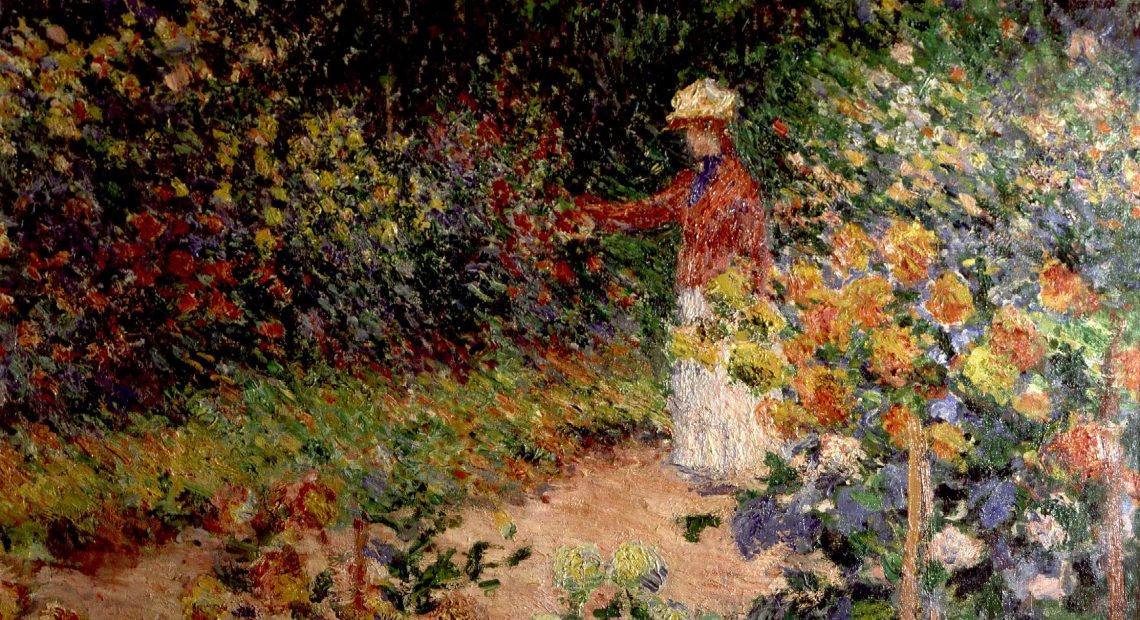Swiss museum removes art over Nazi looting fears

A leading art museum in Switzerland, the Kunsthaus Zurich, has announced the removal of five paintings from its exhibition for investigation into whether they were looted by the Nazis. These artworks are part of the Emil Bührle Collection, which includes pieces by renowned artists such as Claude Monet and Vincent van Gogh. The collection is named after Emil Bührle, a German-born arms dealer who profited during World War II by supplying weapons to the Nazis.
The investigation follows the release of new guidelines to address the restitution of cultural artifacts that were never returned to their rightful owners after being stolen during the Nazi era. The paintings under scrutiny are Monet’s “Jardin de Monet à Giverny,” Gustave Courbet’s “Portrait of the Sculptor Louis-Joseph,” Henri de Toulouse-Lautrec’s “Georges-Henri Manuel,” Vincent van Gogh’s “The Old Tower,” and Paul Gauguin’s “La route montante.”
The Emil Bührle Collection foundation board stated its commitment to finding a fair solution with the legal successors of the original owners, adhering to best practices. Another painting, “La Sultane” by Edouard Manet, is also under examination but will be handled separately as the foundation does not believe the new guidelines apply to it. The foundation has expressed willingness to offer financial compensation to the estate of Max Silberberg, the former owner, who was a German Jewish industrialist. Silberberg’s extensive art collection was sold under duress by the Nazis, and he is believed to have been murdered at Auschwitz.
Earlier this year, more than 20 countries, including Switzerland, adopted new best practices from the US State Department for handling Nazi-looted art. These guidelines were introduced on the 25th anniversary of the 1998 Washington Conference Principles, which aim to facilitate the restitution of stolen or forcibly sold items. These principles are crucial for families seeking to recover looted art, as Swiss law prevents legal claims for restitution or compensation for works from the Bührle collection due to statutes of limitations.
Stuart Eizenstat, the US Secretary of State’s special advisor on Holocaust issues, highlighted that an estimated 100,000 out of 600,000 stolen paintings, along with many books, manuscripts, religious items, and other cultural objects, have not been returned. Up to his death in 1956, Bührle amassed around 600 artworks, many of which are managed by the Bührle Foundation and have been on loan to the Kunsthaus Zurich. Other pieces remain with Bührle’s descendants.
Picture Courtesy: Google/images are subject to copyright
